Amateur homesteading
The chickens currently have three sections to their home, their coop, their run, and their pen. The coop is a small enclosed portion with roosts and nesting boxes inside. The run is permanently attached to their coop and is covered on top with a roof, but has hardware cloth (like a heavy duty screen but much stronger) on all sides and includes a door, it also has one perch. The pen is an uncovered outside area surrounded by a 4' fence that is just barely tall enough to keep them from flying over, I open the run door to the pen in the morning, but if we're going out for long periods of time then I'll confine them to the coop and run. On most days they will wander in and out of all three areas. But today it is cool and raining and just miserable outside. They have the coop for full weather protection, they also have the run which is outside but protected from the rain since it has a roof. But no, all six hens are sitting out in the uncovered run, all six are wet and bedraggled looking. As my grandmother would have said, "they don't even have enough sense to come in out of the rain."
mrincredible said:
that bench looks amazing. You guys did a great job on it.
Thank you! I was a little worried when we started it, but the plans were pretty good so we were able to follow them easily. The only tools needed were a miter saw, a tape measure, and a drill. If you want to do the pocket holes then a jig is necessary.
Edited to add: The only thing I would do differently is to paint parts of it first. The spaces between the seat boards, the back rest boards, and part of the supports were very difficult to reach with a paint brush.
Silly birds. They have protection from the rain, they just aren’t using it.
I think they're just trying to figure out where you hid the shampoo!
Maybe they're not silly, maybe they just know that a little rain won't hurt them and might even do some good.
Yeah, they may enjoy the rain. Then again, they are stupid birds. I don't really know.
spontaneous said:
Silly birds. They have protection from the rain, they just aren’t using it.
That may be the Rhode Island Red in them.
Your great grandfather’s flock wandered in and out of all but the heaviest rains. Unless it got too windy. THAT drove them inside...
No good deed goes unpunished...
I haven't let the hens out to wander for a bit now. We have the two new ones, and they're still very skittish and don't allow themselves to be picked up. So for now we've been keeping everyone in the pen where they can't get into trouble. Chicky and White Butt have made it out of the pen on their own a few times, but I haven't purposely let them out to wander for hours recently. Today, while cleaning out their coop, I took pity and let the four older girls out since I know I can pick them up without too much of a chase. Those ungrateful ******* made a beeline for the woods. They usually do a long, slow, meander picking up bugs and pecking grass as they slowly make their way across the yard. Today they ran and STARTED their feeding right at the edge of the woods, which is also the edge of a hunt club property. I let them out smack dab in the middle of three acres, and they decide that the best part to start pecking at is all the way over there. I let them stay for a bit, but I didn't want to risk them going over to the hunt club, since I don't want to trespass to get them back.
This past weekend we went to Fosterfields. I was looking at their garden. Most deer fences have posts no more than 15 feet apart, but usually they're closer to 10 feet. At Fosterfields the garden had posts more like 25 feet apart. I was intrigued. This would be much easier to put up, and would also save money. I asked the man at that exhibit how well their fence works. He stopped for a second, then got a look on his face and said while it looked good, it was pretty much useless at keeping the deer out. I guess there isn't any corner cutting if I want to keep the deer out of the garden.
oh, that photo! Looks like they’re laughing at you amongst themselves  (Also makes them look like they’re hopeless at keeping weeds down)
(Also makes them look like they’re hopeless at keeping weeds down)
Yesterday I let the girls out again. This time with different results.
A little back story, every time I give the hens table scraps I click my tongue. Now when I click my tongue they all come running over to the fence to see what I have to feed them. I *thought* I had them trained to come on command, but apparently it only works when they’re in their pen. Insects and slugs are way tastier than cucumber ends and watermelon rinds. When they’re loose and I click my tongue they would just ignore me.
But yesterday I let them out again. Penelope and White Butt came back on their own, but I found General Tso and Chicky well in the bushes. I don’t want to go in after them, and usually this type of scenario involves me getting the boys to come flush them out. Even though it hasn’t worked in the past, I decided to try clicking my tongue at them again. They didn’t come running, but they stopped what they were doing and started looking at me. I kept clicking, and they slowly started coming out towards me. It took a few minutes, but eventually they came out and let me pick them up. It was much better than having to flush them out of the bushes.
So in order to reinforce good behavior, as soon as we got home today the first thing I did was let them out to roam. If they’re willing to come back without a hassle, then they’ve earned the right to wander.
The new girls, Henny and Penny, are still locked up. We’ve had them four weeks, they’re about 16 weeks old now. I pick them up everyday and talk to them, so while they’re not as skittish as when we first got them, they’re still not easily handled like the other four. It will be awhile before I trust them to not run off.
I'm not sure if I mentioned this earlier, but the real estate listing showed our house as being built in 1900. One look inside and my husband and I both said bullsh*t. Being older is a plus for me, I love older homes. Also, most of the floors are wonky. In a house built in 1900 I'd be concerned, but in a much older house, it is to be expected.
The problem is that documentation is scarce. Back 100+ years ago the land was the big thing, houses were not as important, so it wasn't uncommon to find deeds for property with no mention of the building on the land. On paper this house can only easily be found after 1900. But on maps from earlier dates there does seem to be a home in this spot, and many details of the home support the pre-1900 date.
Most of the interior had the walls redone, though some rooms have lovely 1970's wood paneling up (that's sarcasm, folks) so I don't know what is underneath there and don't feel like pulling stuff down since I already have so much on my plate.
I read an article about using different building techniques to help determine the age of a home. Then I remembered that the stairs up to the attic have plaster walls, and it's crumbling, so you can see the lath behind it without having to do anymore damage than what is already there. And though the hand cut lath doesn't prove that the house is pre-1830, it does help make the 1900 date very suspect.
https://newengland.com/yankee-magazine/living/homes/plaster/
Edited to add: All the pictures and descriptions immediately following are from the middle section of the home, which is the second part built. We are guessing that this section was built sometime between 1830 and 1850, though that is still a guess and could be off in either direction.
A peek inside our slightly scary, but also pretty cool, attic
You can see the lath behind the crumbling plaster. On the lath, which is definitely not the regular strips seen in more modern plaster walls, you can see the cut marks.
Some of the details on the rafters. They are held together with pegs instead of nails like more modern construction is usually done. There is no ridge board, but apparently ridge boards aren’t structurally necessary, so it is possible to find more modern homes without a ridge board. It just looked strange to my untrained eye.
Before you get all impressed with me, I didn’t even know what half of these things were called and had to google them so I could explain what the pictures were showing
The totally awesome wide floor planks in the attic. In front of the chimney there are two metal strips that extend out to the floor. I have no idea of what these are and will have to spend some more time with my dear friend Google to find an answer.
The Jersey winder stairs. The staircase from the first to second floor used to also be Jersey winders, but those were removed, probably in the late 60’s when a lot of renovation work was done.
The beadboard is most likely from somewhere in the 20th century, probably replacing, or maybe even covering, more damaged plaster.
I saw these at Wal-Mart. I don’t decorate for Halloween or fall, but for those who do, they’re cute. Then I saw the price. $7.97 for these miniature straw bales. I get the full sized real ones at the feed store for $6 
This is one of my favorite threads on MOL. Thank you for sharing this stuff. It is fascinating.
I'm enjoying this. We have an 1863 farm house in Ulster County, NY. It was "the house" for a much larger area, but the property was parceled out several times. Now, even though it's one of the oldest houses on the road, it's one of the smallest properties. At one point, they set the minimum lot size to 4 acres, but that was later, and ours is now just 2.2 acres. But ours is the only property on the road with two barns!
We don't grow much yet. I like to joke that the only thing we produce is compost, but my wife already planted two peach trees and two pawpaw trees. The peach trees started bearing fruit immediately. We're told we have to wait a long time for pawpaws. We don't have time for anything else yet, since we're doing so much renovation. I have a fantasy of having goats and even have a section of the barn called the goat room, but it may never come to pass, as I would need to be there 7 days a week. But maybe we'll grow some vegetables in the foreseeable future.
Thank you!  I'm glad to hear that people enjoy reading about my adventures, and misadventures
I'm glad to hear that people enjoy reading about my adventures, and misadventures
We lucked out in the opposite direction in terms of lot size. The farm that our house was on was parceled out in 1968, but while most of the immediate neighbors have 2 acre lots, ours ended up with 3.2 acres. It's weird, since most of the other lots go deeper than ours by about 50 feet or so, but our lot is wider than theirs. This was probably done to accommodate all the out buildings. In 1968 our lot had SEVEN buildings on it, including a huge u shaped barn that was much larger than the house. By the late 70's only the house and the two current small barns remained. We did find an old hinge on the ground where the large barn used to be, and one third of it appears to have had a cement floor, since that is still there, only partly covered in grass.
I love https://www.historicaerials.com/ (caution: if you go to that site you will spend WAY too much time looking at how neighborhoods and places you have lived over the years have changed) we use it to find areas in the yard we want to look at based on what used to be there, and go over it with a metal detector. We've found mostly nails and VERY large screws. But we've also found a few other interesting things where the buildings used to be located, like the face plate of an old 1930's radio, some weird large round metal thing, and a lid to a cooking pot. More recently we found what appears to be a chrome bumper, but it is buried deep, so we haven't gotten that completely free yet.
The areas of the yard that had building on it are clear, and for now I'm not going to plant anything there since lead contamination from paint and such is a real possibility. We also have to worry about contamination from chemicals depending what else the barns were used for (gasoline, antifreeze, etc). But we have plenty of space where no building have ever stood, so finding a suitable spot for a garden won't be an issue.
My mom has been clamoring for paw paws, so I will likely be planting some of those. I have a large Hubbard squash that I bought from a farm stand a month ago sitting in my kitchen waiting for me to cook it (apparently you have to throw it on the ground to open it  ), and looking at it I realized that for a garden I should probably plan stuff that keeps well over long periods of time. In Maplewood I did tomatoes and corn, but we had a very small raised planter. The corn was fine, but even in that small planter we grew more tomatoes than we knew what to do with. First we ate them fresh, then I started making sauce and freezing it, then we started giving them away to family and friends. But eventually we ended up overwhelmed and some started rotting on the vine. Planting things that don't have to be eaten immediately like winter squash, or things that can be easily "processed" for storage, like chick peas or other beans that dry well, might be a good start for us.
), and looking at it I realized that for a garden I should probably plan stuff that keeps well over long periods of time. In Maplewood I did tomatoes and corn, but we had a very small raised planter. The corn was fine, but even in that small planter we grew more tomatoes than we knew what to do with. First we ate them fresh, then I started making sauce and freezing it, then we started giving them away to family and friends. But eventually we ended up overwhelmed and some started rotting on the vine. Planting things that don't have to be eaten immediately like winter squash, or things that can be easily "processed" for storage, like chick peas or other beans that dry well, might be a good start for us.
We did try a garden this past spring when we first bought the place, but looking back I was foolish to try to start that while still fixing up the house, moving in, and emptying out the old house. Yeah, that didn't turn out so well  But next spring we won't be driving two hours a day between homes, and will hopefully have a better chance of taking care of things.
But next spring we won't be driving two hours a day between homes, and will hopefully have a better chance of taking care of things.
Have you thought about getting a dendrochronologic survey done of the wood in your house? That would probably answer the question pretty definitively.
Is that kind of like carbon dating of the wood? I saw something on that when looking up how to date a home. Do you know how much that runs, and where someone could get it done? The one site I found seemed to be for researchers like educational institutions, not homeowners trying to satisfy their curiosity.
If it isn't hideously expensive, I might actually look into that down the road. The house was built in three sections, the third was in the late 20th century, but it is the first and second sections that I'm trying to pin down to something more accurate than the 1900 figure that is currently on paper.
FWIW before we closed I asked our insurance company if our rates would change drastically if we were able to prove a build date prior to 1900, and apparently with our company the answer is no. Their computer has dates going back to 1901, anything earlier is literally listed as "1900 or earlier" so whether the house is listed as 1900, or 1700, the rate is the same.
So I had the perfect shot lined up, one of the hens scratching for bugs framed by a hollowed out log. It was going to be an absolutely gorgeous shot. But chickens don’t care for such things, catching bugs is much more important than having their picture taken. So instead I have this shot of a chickens butt as seen through a hollow log
spontaneous said:
It was going to be an absolutely gorgeous shot. But chickens don’t care for such things
Neither do goats! I got many giant nose pictures, because just as you're pressing the button they're all going "oh hey! what are you doing?" and running up to sniff the camera.
mulemom said:
spontaneous said:Neither do goats! I got many giant nose pictures, because just as you're pressing the button they're all going "oh hey! what are you doing?" and running up to sniff the camera.
It was going to be an absolutely gorgeous shot. But chickens don’t care for such things
If you can get the nose in focus that would actually be a really cute picture
I have a septic system. Recently I was reading about micro plastic pollution and how it's ending up in the waterways due to washing machines. I was wondering if micro plastics might shorten the life of my leach field ($$$$$), so I did some research, and the answer is yes. They specifically sell filters for this issue. Here's the thing, micro plastics aren't just a septic issue. If you have city sewer, then those plastics from your washing machine can still end up in the environment. And while it might not hit your pocket directly like a clogged leach field will, it still hurts wildlife, and by extension, everyone.
I prefer natural fibers, but being realistic, I do own synthetics. For example, for 2/3 of the year our sheets are 100% cotton. But once it gets real cold out, we switch them out. I used to use flannel, but someone turned me onto fleece sheets, and they're so much warmer. They allow us to keep the heat that much lower while still keeping crazy warm in bed. As someone who used flannel sheets for decades, I have to admit that flannel does not perform anywhere near as well as fleece. But fleece sheets are synthetic, and therefore add to the shedding of micro plastics into the environment.
The washing machine filters made for this issue aren't the simple ones you buy at Home Depot that looks like a knitted metal sock, though those are at least better than nothing. These special ones are made to catch very fine particles. Yes, they're much more expensive than the simple ones, and they do take more maintenance (you need to clean them out every 10 loads or so, and replace the filter part about once a year), but considering how our love of man made fibers is having an impact on the environment, it is worth considering
Here are two that I found, there may be others. I have not reviewed either product, and have no affiliation with either one.
https://www.septicsafe.com/filtrol-160-lint-filter-with-1-filter-
bag/http://www.environmentalenhancements.com/Lint-LUV-R-solutions.html
And more about micro plastics in the environment
http://theconversation.com/how-your-pile-of-laundry-fills-the-sea-with-plastic-pollution-80109
Somehow, ‘fleece’ and ‘synthetic’ used together to describe a textile just seems - wrong.  Eh, I’m obviously the product of a much simpler age!
Eh, I’m obviously the product of a much simpler age!
(This is very useful environmental info, thanks for the links)
Well, life out here isn't always the smell of fresh cut hay and beautiful pictures.
Two of the chickens were losing some feathers near their tail. I thought it was just molting, but I checked them out, and the feathers weren't falling out, they were broken off. It seems the birds have lice and were picking at their tail feathers. It wasn't bad enough yet to impact egg production, and their combs and wattles are still red, so they don't seem anemic. I'm thinking that the feather issue was probably an early sign. First some background, I got the first four birds full grown. They came to us de-beaked. The entire beak isn't gone, just the tip. They can still eat and catch bugs, but this does make preening harder for them. The two new ones have full beaks, and I won't be de-beaking them, or any future birds. Also, wet weather is favorable to lice, and we've had plenty of that. They have two dust baths, one that I supplied in a re-purposed feed dish as it's low and wide, and one that they made on their own in their run by digging a hole in the ground. But it has been so wet that BOTH dust baths are now muddy messes. I've been putting fresh straw in their run, but there's only so much that straw is able to do in this mess. I'm reading that most chickens have lice, numbers will almost never be at zero unless you keep them as an inside the house pet, but usually the numbers are kept in check with preening and dust baths 
I was looking into "natural" home remedies to deal with this, but then decided that for the comfort of the birds, and because I don't want them breaking off any more feathers this close to the cold weather coming in, that I needed to go with something more likely to work quickly. So they all received a sprinkle of poultry permethrin dust, which was a lot more complicated to apply than I make it sound as it needs to reach the skin underneath their fluffy down. Their coop also received a complete clean out and treatment.
Long term we are going to be building a larger coop for them, and they will then have access to an covered dust bath so wet weather won't hamper that aspect of their bug control. But with these four girls being de-beaked I do know I'll still have to give them extra attention since they're hampered in their efforts at keeping the lice in check.
I will use the natural, safer remedies on them, but I'll be using them as a preventative once this issue is cleared up now that I know they're more likely to run into a problem since they can't preen their feathers properly.
Sponsored Business
Promote your business here - Businesses get highlighted throughout the site and you can add a deal.



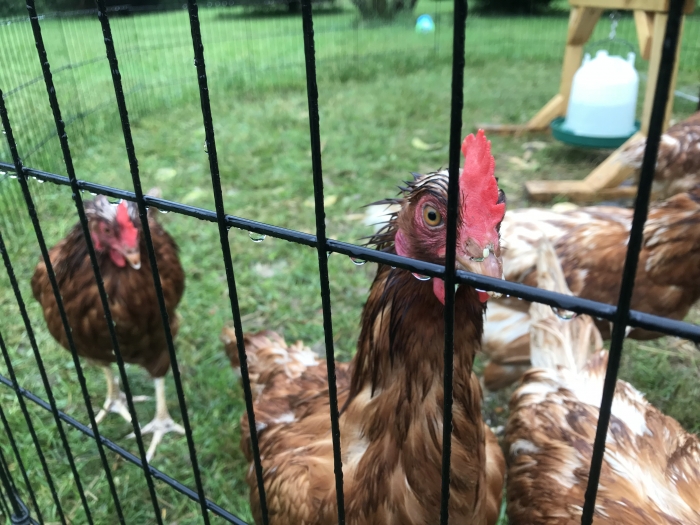



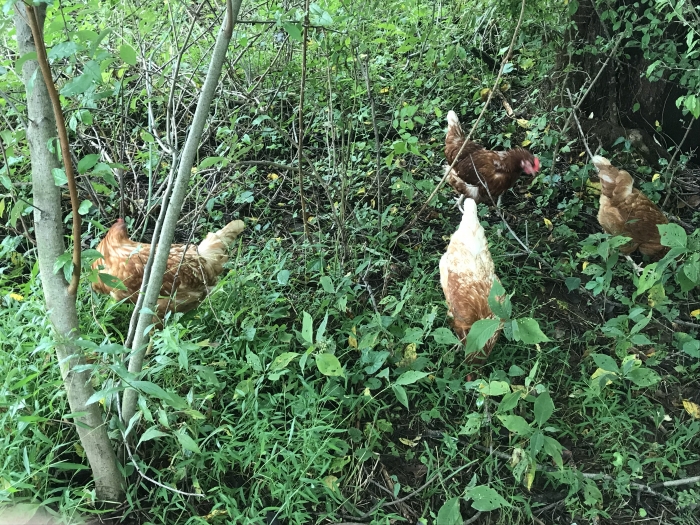



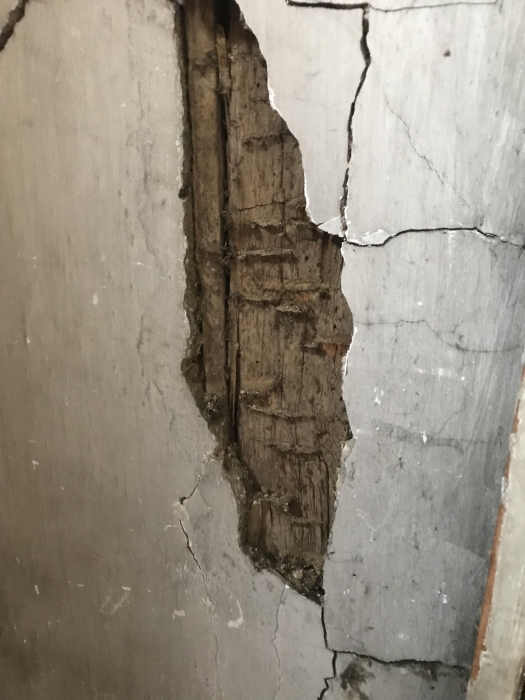
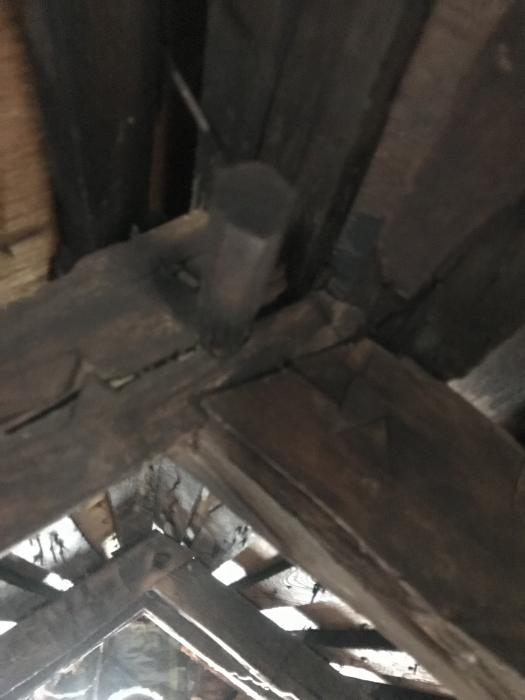
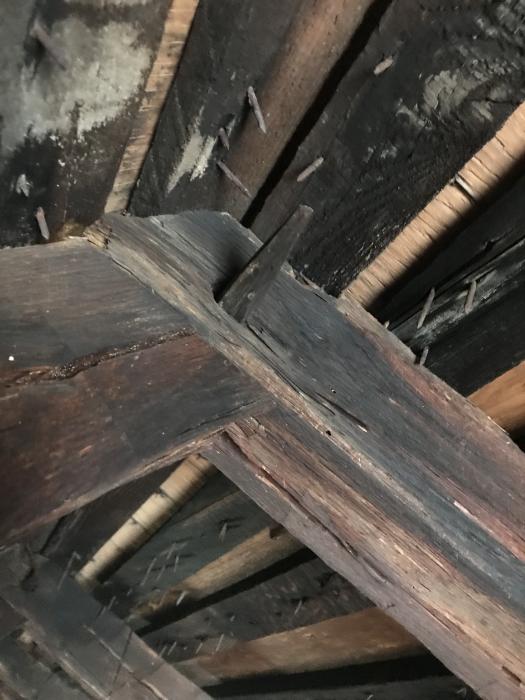
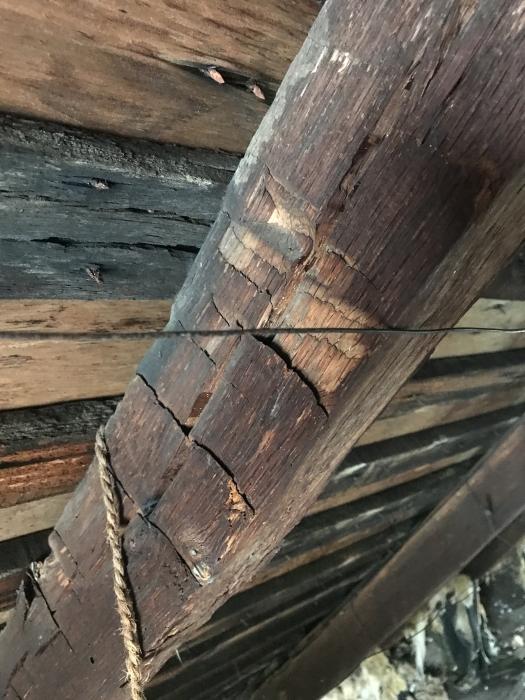


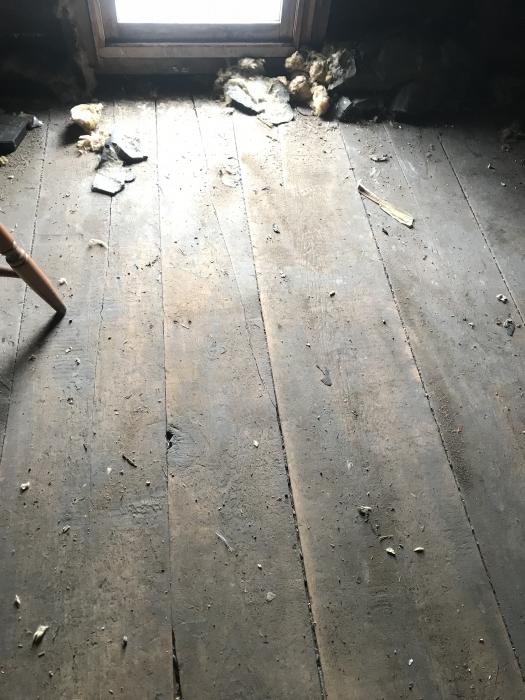

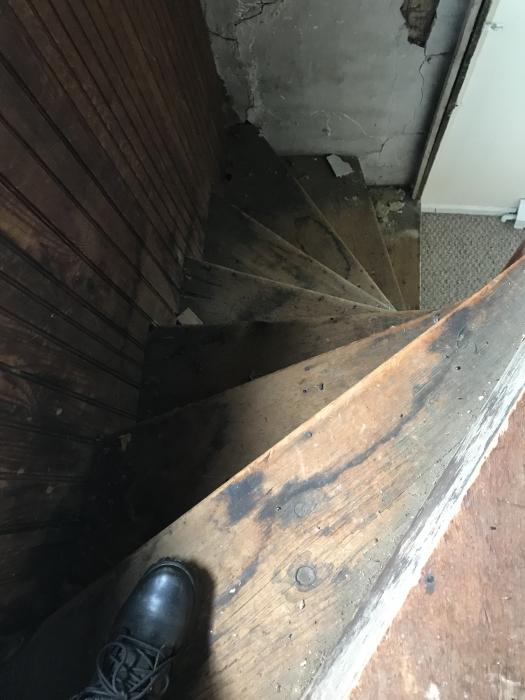
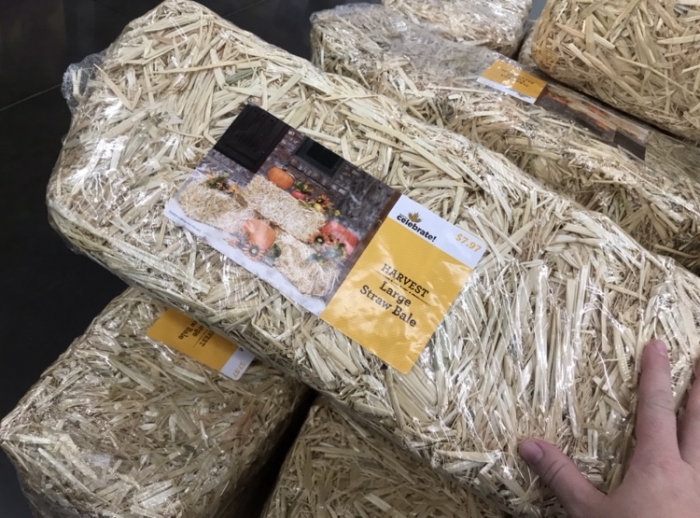


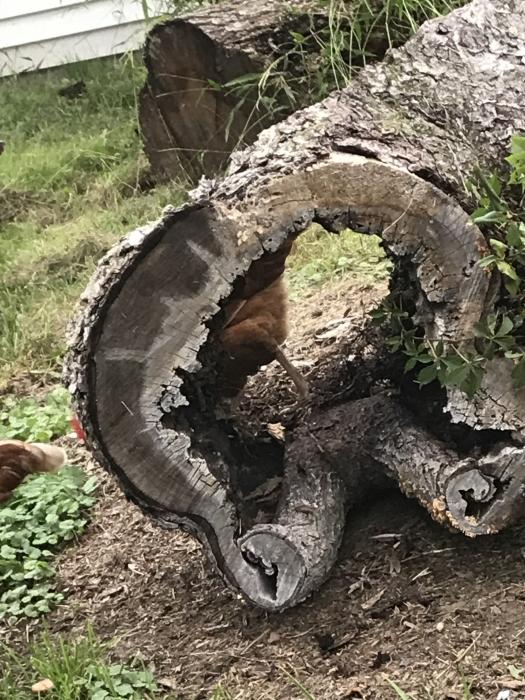





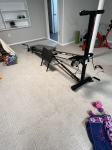



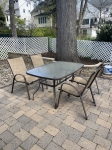

Here are the plans we used. They're pretty simple. We ended up not using the pocket holes, but it will have more of a finished look if you do that extra step. Even though we knew we were going to paint it, we still used pressure treated lumber since our youngest is only 3 now, so we figure they'll be waiting for the bus from now through the year 2032. Hopefully it lasts that long.
https://jayscustomcreations.com/2013/06/free-plans-2x4-outdoor-bench/